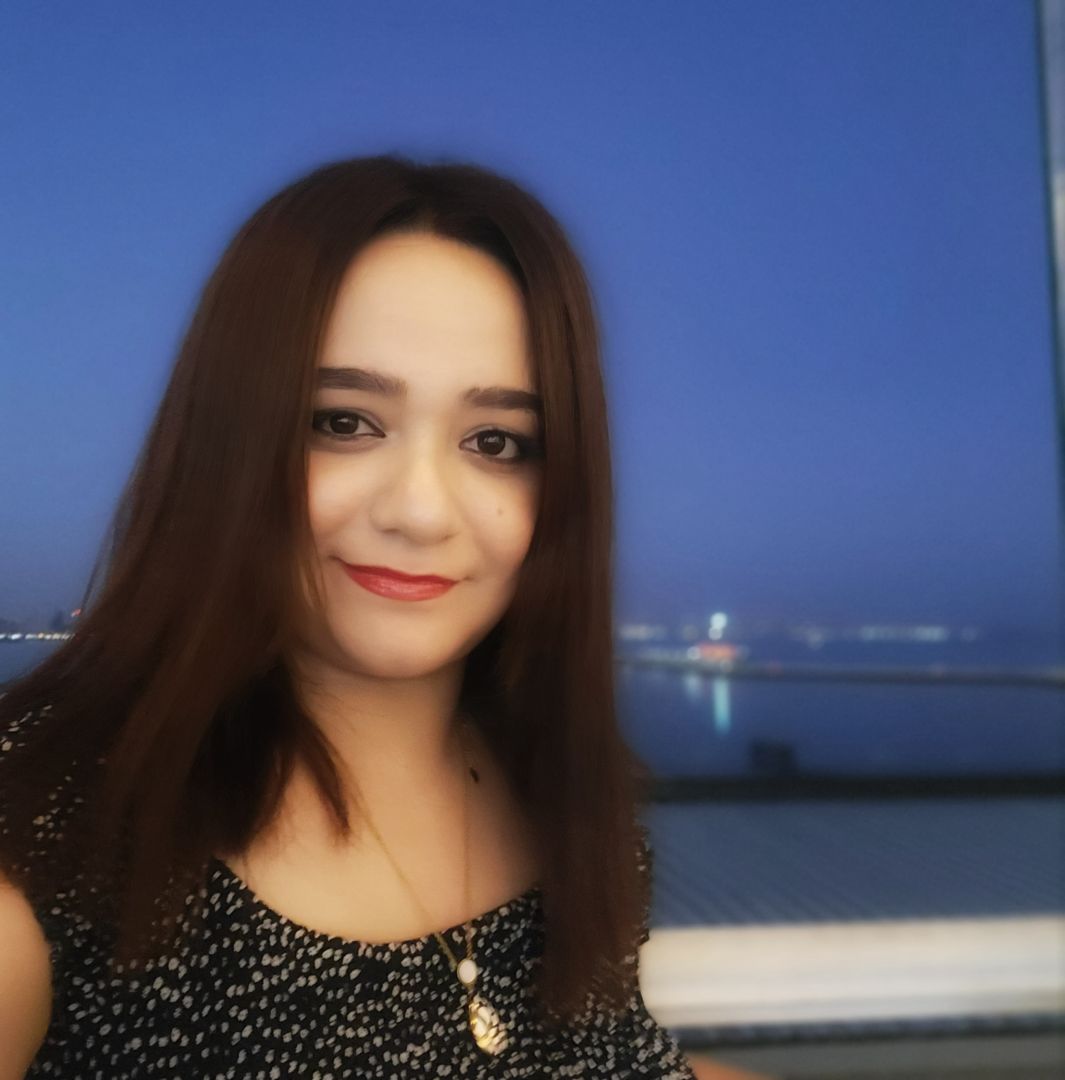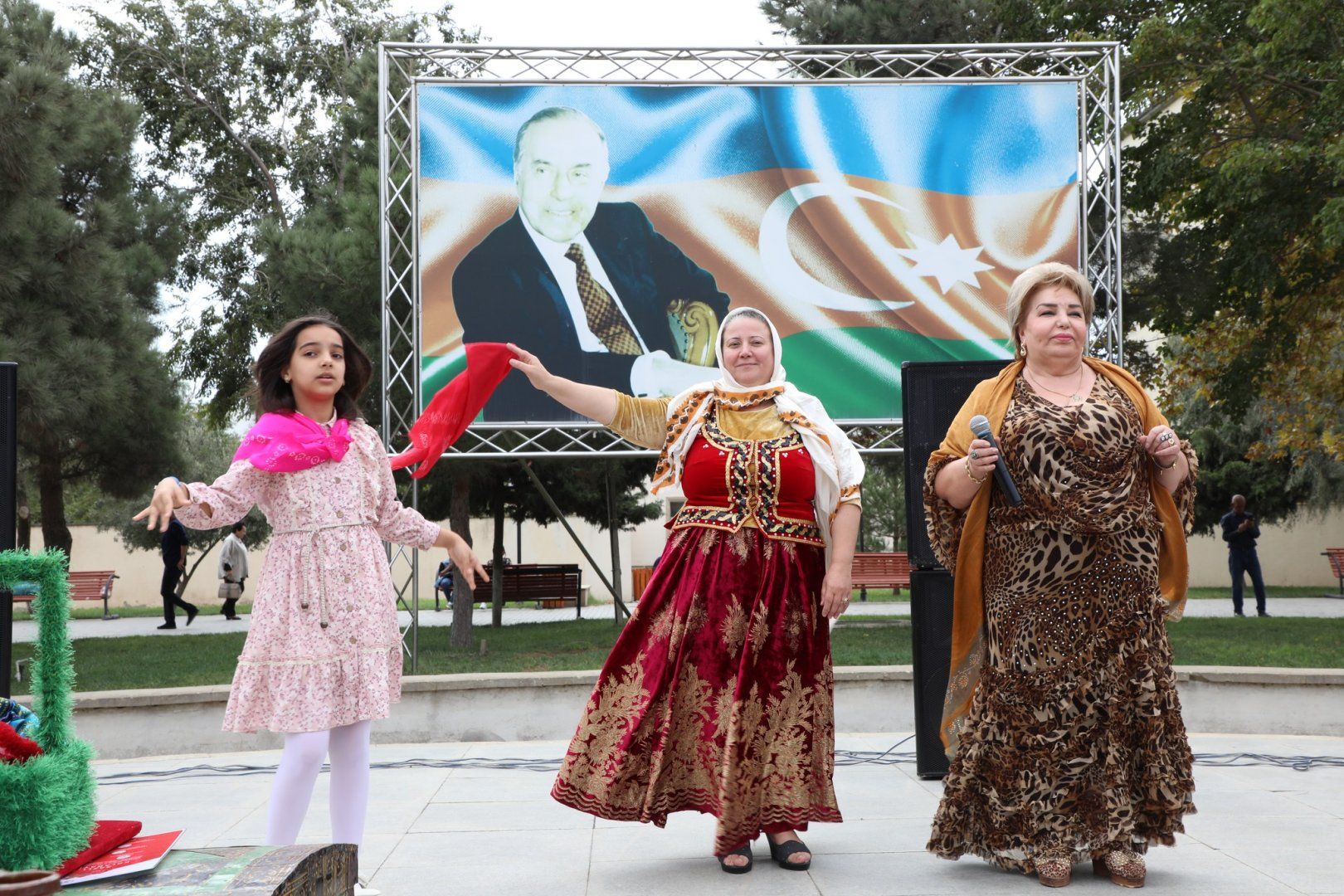Baku hosts colorful Kelagayi Festival [PHOTOS]
![Baku hosts colorful Kelagayi Festival [PHOTOS]](https://www.azernews.az/media/2024/09/26/jfrefrefe1.jpg)
Kelagayi Festival themed "Sazlı-Sözlü Kəlağayı Günləri" has been held in Baku, Azernews reports.
The event is organized by the "Poetic Majlis of Mirvarid Dilbazi" NGO with the support of the Surakhani Executive Power on the occasion of the 10th anniversary of the inclusion of the Kelagayi art in the Representative List of the Intangible Cultural Heritage of UNESCO.
The festival featured the works of Kelagayi masters from the country's regions, exhibitions of folk and applied arts, a concert program with the participation of ashugs and folk singers, and folklore groups.
The event featured examples of Kelagayi created in Basgal in the Ismayilli region, including "Şah buta", "Saya buta", "Xırda buta".
Since ancient times, Basgal has been a center of handicraft production, known for its silk weaving, the production of national women's silk scarves - kelagayi, and in particular, the machines on which silk was woven in ancient times have survived to this day.
A master class was held on the creation and decoration of kelagayi with various motifs, patterns and ornaments.
Kelagayi has been an integral part of Azerbaijani fashion for centuries.
This stunning headdress
is a silk square-shaped scarf, typically measuring around 110 x 110 cm.
This art form involves applying wax to specific areas of the fabric and then dipping it into various natural dyes made from natural dyes like barberry, paradise apples, saffron, currants, etc.
The wax acts as a resist, creating unique and detailed designs that are a true reflection of Azerbaijani craftsmanship.
Silk fabrics are boiled so that they do not fade in the future. That's why kelagayi may wear out, but it will never lose its original colour.
One of the most fascinating aspects of the kelagayi is its symbolism.
Each pattern and colour combination carries a specific meaning, which not only adds a special charm to the headscarf but also provides a deeper connection to Azerbaijani culture and legacy.
Different parts of Azerbaijan are famous for their original kelagayi ornaments.
For example, Absheron and Shaki were characterised by a large, massive pattern; small patterns are common for silk headscarves in Shamakhi, while Garabagh, Ganja, and Gazakh produce both small and large patterns.
Since the Middle Ages, centres of traditional silk weaving have been formed in Shaki, Shirvan, Baskal, and Ganja.
Traditionally, the kelagayi was worn by Azerbaijani women to signify their marital status. Unmarried women would wear a scarf with a specific pattern, while married women would wear a different design.
Today, however, the kelagayi is worn by women of all marital statuses as a symbol of national identity and pride.
It is often worn during special occasions such as weddings, festivals, and cultural events, adding a touch of elegance and tradition to any fashion look.
This magnificent head accessory continues to be worn proudly by women of all ages.
----
Laman Ismayilova is AzerNews’ staff journalist, follow her on Twitter: @lmntypewriterrr
Follow us on Twitter @AzerNewsAz
Here we are to serve you with news right now. It does not cost much, but worth your attention.
Choose to support open, independent, quality journalism and subscribe on a monthly basis.
By subscribing to our online newspaper, you can have full digital access to all news, analysis, and much more.
You can also follow AzerNEWS on Twitter @AzerNewsAz or Facebook @AzerNewsNewspaper
Thank you!






























